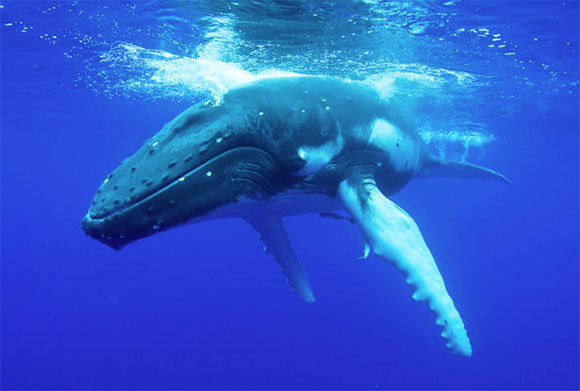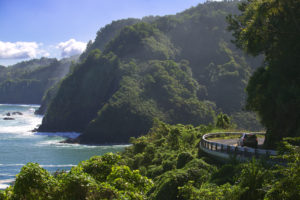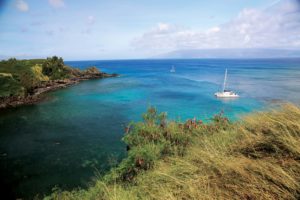
Excitement, luxury, beauty and more!
No doubt about it, Maui is the best island in the world. Travelers around the globe favor “The Valley Isle” so much, they’ve named it a top destination and the best island.
Possessing a luxurious and hip image, Maui hosts world-class resorts, exciting activities and championship golf, all surrounded by staggering natural beauty. The islands’ “aloha spirit” and native host Hawaiian culture provides an unparalleled vacation experience.
In addition to relaxing by the resort pool or on the beach with a great book and the iconic fruity cocktail, visitors can take advantage of activities such as golf, sailing, eco-tours, shopping, ziplining, wine tasting and farm tours plus so much more.
Points of Interest
The central Maui town of Kahului/Wailuku is the island’s business center, while West Maui hosts sprawling beaches, upscale hotels of Kaʻanapali and the historic whaling town of Lahaina. South Maui is home to a high-end resort district, Wailea, plus offers a good spot for snorkeling, diving and wildlife watching. Maui’s best area to explore underwater is the lava rock crescent-shaped Molokini, so take a 25-minute boat ride and explore.
ʻIao Valley, reposing between the volcanoes near Kahoʻolawe, is a place the modern world seems to have left behind. There is fascinating and dramatic history here, much of it violent, with the ʻIao Needle rock pillar having served as a natural altar.
In the case of Hana, the journey may be as important as the destination. With giant waterfalls, artist hamlets and rainbows along the way, make it a day trip and stop for picnic supplies in Paʻia. The infamous Road to Hana is curvy and minimally maintained. Thank goodness development of this isolated town has been limited so visitors can enjoy a truer sense of Hawaii.
Once Maui’s bawdy whaling port, today’s Lahaina town is picture perfect, hosts lively nightspots while daytime brings crowds of tourists. If you need a T-shirt, souvenir shops aplenty along Front Street will have you covered. Park the car and walk the historic tour away from the masses.
Myths, Legends and Geography
The demi-god Maui is a household name from Tonga to the Society Islands, to the Marquesas to Hawaii. Something of a trickster, Maui had a place in his heart for mortals and is celebrated throughout the Pacific for such feats as giving fire to humans (after stealing it from its supernatural guardians) and fishing the islands of the Pacific from out of their watery depths.
Over the millennia Maui’s geography has changed drastically. Formed by six different volcanoes, the islands of Maui, Molokaʻi, Lanaʻi and Kahoʻolawe were once a single landmass known as Maui Nui (“Great Maui”). Rising sea levels eventually separated the islands, though they are still legally linked today – all are part of Maui County.
What’s More…
- Haleakala, whose name translates as “house of the sun,” is the largest dormant volcano in the world. Not yet extinct, it is expected to erupt sometime in the next 200 years (it last erupted in 1790).
- The underwater valleys that once connected Maui, Molokaʻi, Lanaʻi and Kahoʻolawe are shallower than the surrounding ocean, providing shelter for an abundance of marine life — including the humpback whales that migrate to Hawaiian waters during winter months to give birth to their calves.
- Temperatures on Maui range from 70 to 80 degrees Fahrenheit year-round, although the slopes of Haleakala Crater often see lows of 40 degrees. The lowest recorded temperature on Haleakala was 14 degrees Fahrenheit.
- Maui’s official flower is the loke lani (pink cottage rose)
- Maui’s official color is pink







